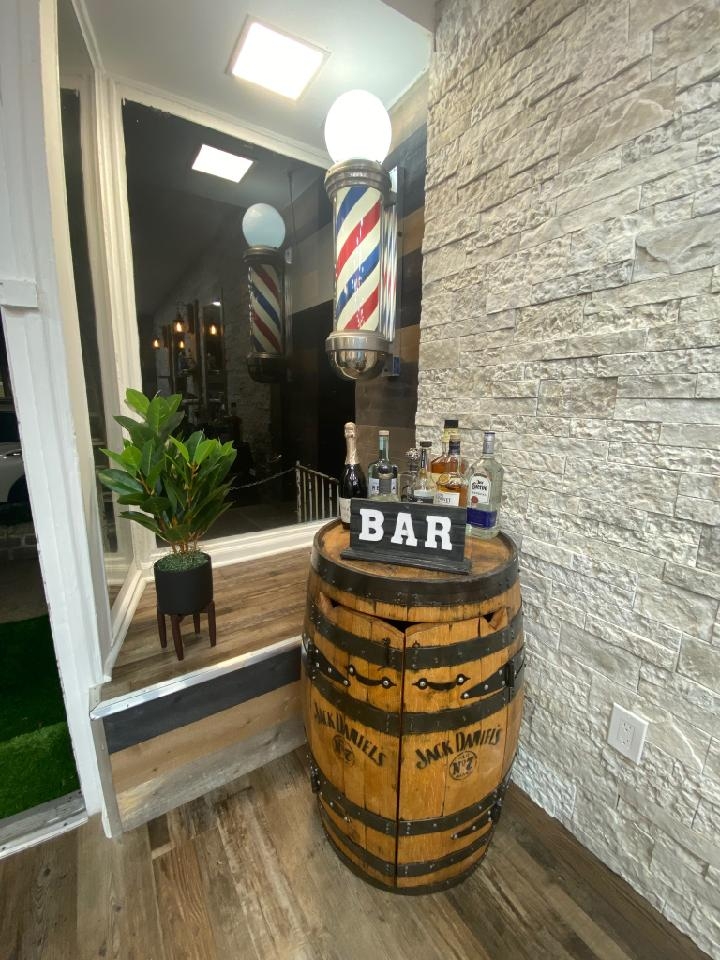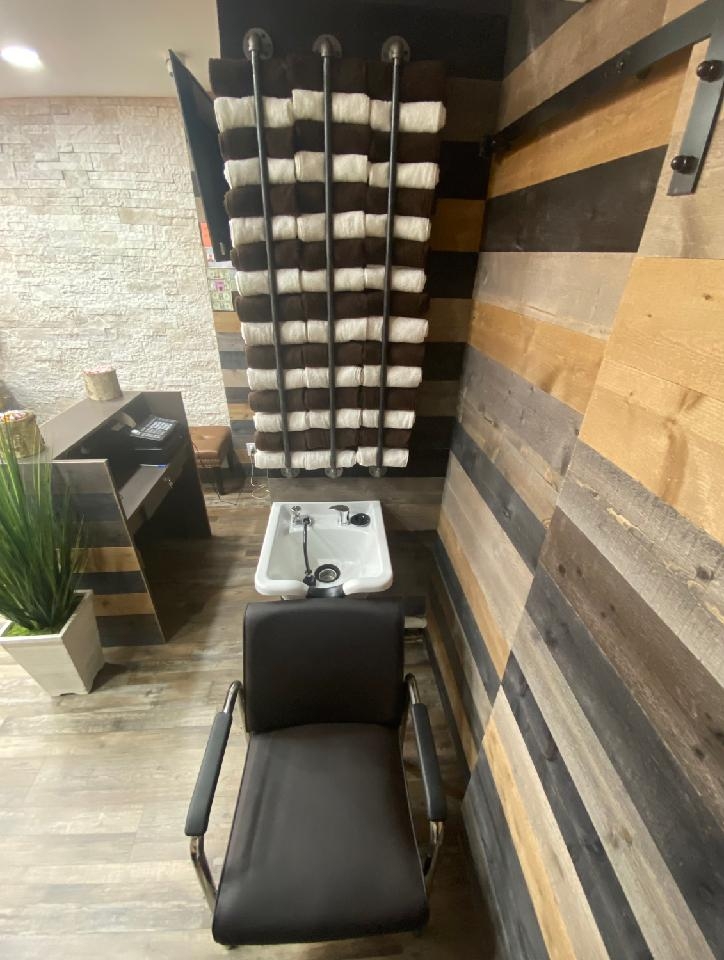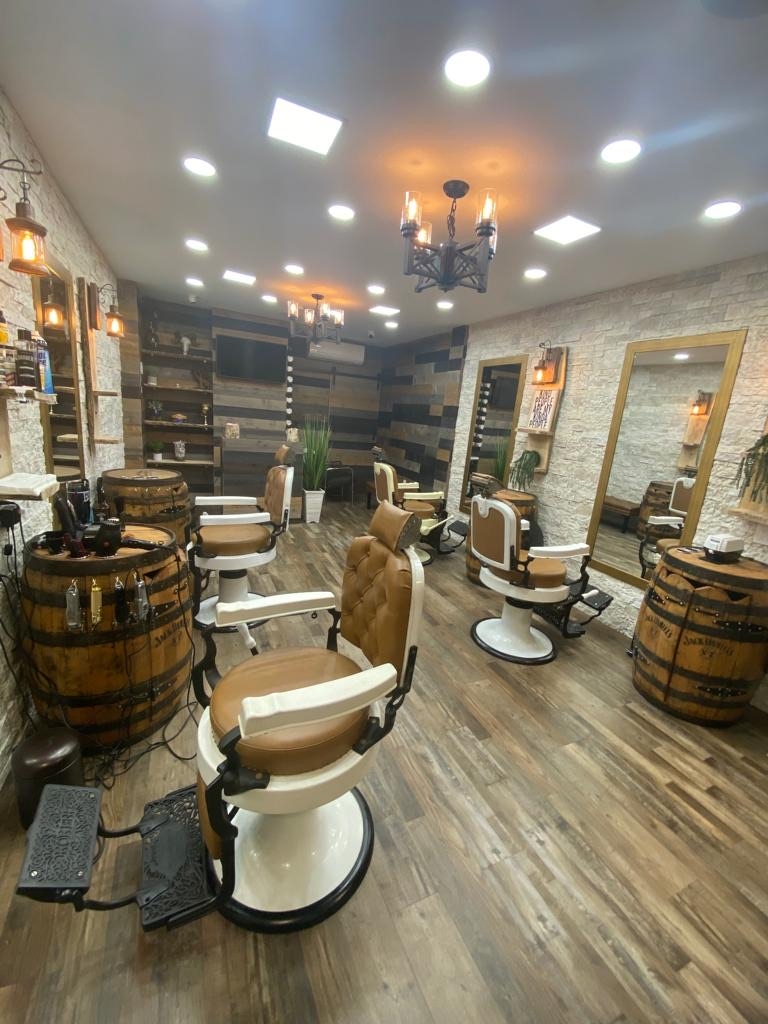Beard Shaving Creams Comparison
What are the key ingredients to look for in a beard shaving cream for sensitive skin?
When looking for a beard shaving cream for sensitive skin, key ingredients to consider include soothing agents like aloe vera, chamomile, or oat extract. These ingredients help to calm and hydrate the skin, reducing irritation and redness. Additionally, hypoallergenic and fragrance-free formulas are ideal for sensitive skin to minimize the risk of allergic reactions or further irritation.



